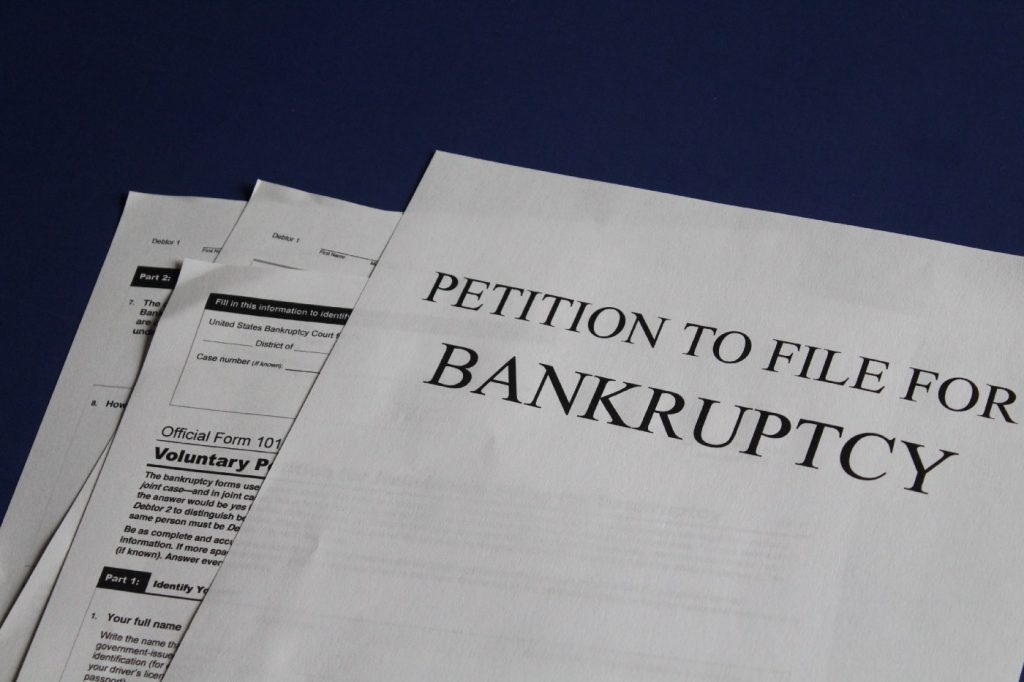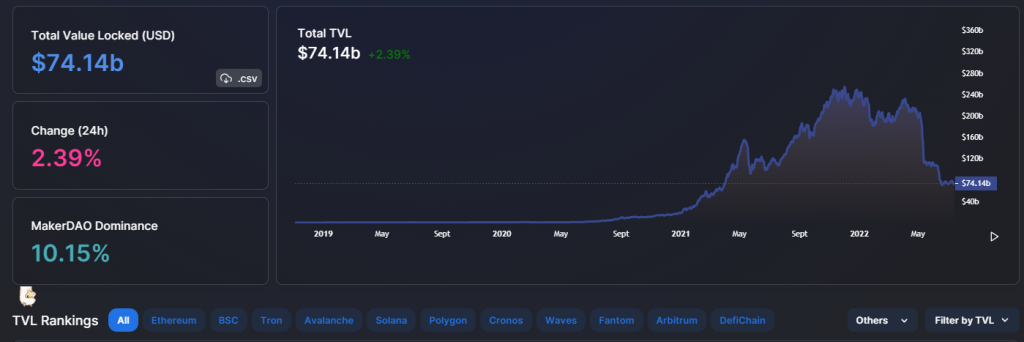Key Takeaways:
- Celsius files for bankruptcy through chapter 11 in the U.S. Bankruptcy Court for the Southern District of New York.
- Is there any hope for investors?
- The continuous selloffs have a bitter effect on the Defi idustry.

YEREVAN (CoinChapter.com) – Cryptocurrency lender Celsius Network filed for Chapter 11 bankruptcy protection shortly after repaying $900 million in DeFi debt since the withdrawal halt.
Celsius files for Chapter 11 bankruptcy
In a statement late Wednesday, Celsius co-founder and Chief Executive Alex Mashinsky said the filing in the U.S. Bankruptcy Court for the Southern District of New York “is the right decision for our community and company.”
We have a strong and experienced team in place to lead Celsius through this process. I am confident that when we look back at the history of Celsius, we will see this as a defining moment, where acting with resolve and confidence served the community and strengthened the future of the company.
He mentioned in the Press Release on July 13
Also read: Crypto lending platform Celsius looks BANKRUPT!
The filing will allow Celsius to “stabilize its business and consummate a comprehensive restructuring transaction that maximizes value for all stakeholders.” The members of the Special Committee of the Board of Directors also commented on the decision.
Today’s filing follows the difficult but necessary decision by Celsius last month to pause withdrawals, swaps, and transfers on its platform to stabilize its business and protect its customers.
asserted the Board.
Will Chapter 11 save the investors?
Meanwhile, many experts agree that a Chapter 11 filing is safer for investors than a Chapter 7 bankruptcy. The main difference between the two is that under a Chapter 7 bankruptcy filing, the debtor’s assets are sold off to pay the lenders (creditors). Conversely, in a Chapter 11 filing, the debtor negotiates with creditors to alter the loan terms without having to liquidate assets.
For example, crypto analyst Lark Davis said the filing could cushion the blow for Celsius depositors.
However, the Vermont Department of Financial Regulation (DFR) wasn’t as hopeful. Before the official bankruptcy filing, the agency warned investors that Celsius was “deeply insolvent” and urged them to “proceed with caution.”
The Department believes Celsius has been engaged in an unregistered securities offering by offering cryptocurrency interest accounts to retail investors. Celsius also lacks a money transmitter license. This means that until recently, Celsius was operating largely without regulatory oversight.
read the July 12 statement.
Also read: Celsius operated as a ‘Ponzi’ Scheme — new lawsuit claims.
Meanwhile, a time of death call on yet another crypto lender marks a difficult road ahead for DeFi as an industry.
Celsius bankruptcy spells more trouble for DeFi.
CoinChapter reported that DeFi platform implosions and unmet margin calls could ruin the market due to high interconnectivity among digital asset lenders. As a result, troubles on one end of the market send ripples across the board, causing a ‘contagion.’
Celsius has made the repayments in stablecoins to DeFi platforms Aave, Compound, and Maker since it halted customer withdrawals on June 12. However, the company’s bankruptcy filing could still have a wider effect.
Also read: Celsius Network paid off all dues, freeing $470M from Maker protocol.
The platform was first hit by contagion when the Terra blast wave swept across the market in May. Several lending/borrowing protocols like Babel, Three Arrows Capital (3AC), and others were affected. As a result, the noted platforms froze deposits to evert the collapse and sent crypto prices down double digits.
The root of the interconnectivity is the high returns that the mentioned platforms had offered. For example, Celsius partnered with several DeFi apps to provide liquidity and uphold the high APYs.

As tracked by DeFi Llama, the total value locked in DeFi plunged to $74 billion on July 14 from $205.7 billion on May 5, just before the Terra fiasco set off the year’s biggest crypto crisis so far.
Also read: Inflation at 9.1% deflates Bitcoin’s recovery hopes – what to expect?


